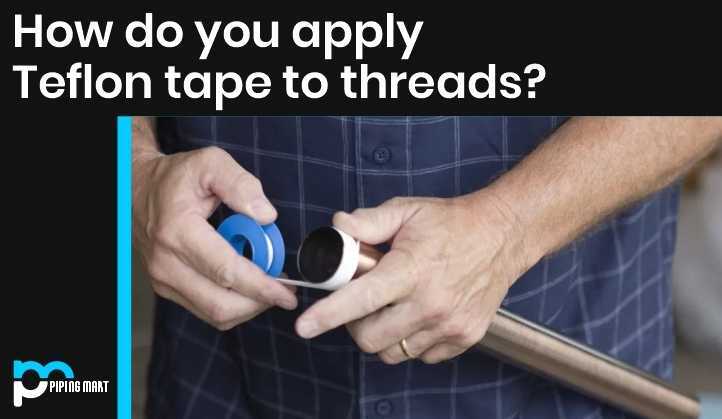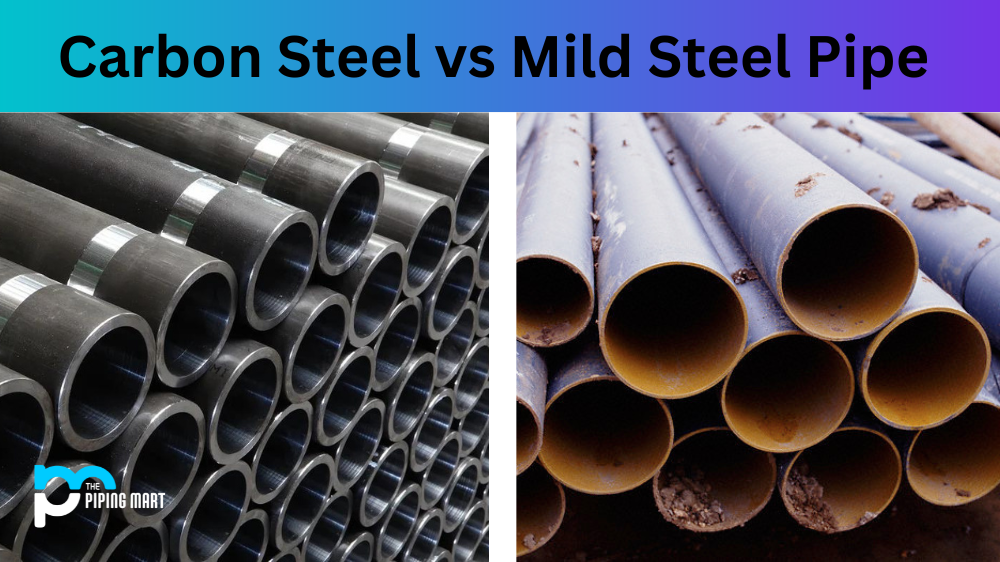PTFE tape is a polytetrafluoroethylene (PTFE) film tape generally utilized in plumbing to cover pipe strings. It is otherwise called Threaded Seal Tape. The tape is offered sliced to various widths and twisted on a spool, permitting twisting around pipe strings simpler. Thread seal tape softens enabling the threads to be lodged longer, which helps keep the threads from seizing as they are unscrewed. The tape regularly goes about as a deformable filler and string ointment, which makes sure about the joint without solidifying or making it hard to fix, yet permits it more straightforward to fix.
The tape is usually wound three times around the string of a pipe until it gets tightened into place. Commercially employed in devices such as pressurized water networks, central heating networks and air conditioning appliances.
There are two US requirements to assess the consistency of any seal tape on threads. MIL-T-27730A requires a minimum 3.5 miles’ thickness and a minimum 99 per cent PTFE purity. The subsequent norm, An A-58092, is a business grade which holds the MIL-T-27730A thickness necessity and includes a base thickness of 1.2 g/cm3.
Uses of PTFE Tape
PTFE Tape is perfect for use on decreased strings, where wedge movement is the coupling power. Equal strings can’t be made sure about with or without film, since they are intended to be secured with a gasket.
Thread seal tape is quite often applied by hand, yet in any event one instrument is required for fixing fittings being developed.
Likewise, broadly utilized in expanding body piercings is string seal tape in a technique known as taping, since it is inactive and appropriate for this reason. The holder wraps a sheet of tape around a socket and allows the jeweler to apply another coating a few days so that the piercing is slowly extended.
How to Apply on Threads?
Teflon tape or PTFE tape is expected to furnish you with a watertight spread, ordinarily found on water system pipes, water lines and gas pipe tubes. Just remember the Teflon tape isn’t required for a pressure connect enter. That is everything that incorporates a gasket or cone that packs through an expansion needn’t bother with a Teflon film. For Eg, the trap has a gasket underneath your sink. This form of attachment does not require Teflon tape since the watertight seal is created by the concave gasket. The threads on such ties are not meant to shape the seal.
Applying your Teflon tape a clockwise way is extremely fundamental, which is a similar way you string the vast majority of your fittings. If you add the tape in the direction of the anti-clockwise turn, it would crumble when you screw the fitting to make it useless.
To submit, start one thread back from the end of the tubing, since during the fitting cycle you don’t want some tape to shear off that could end up trapped somewhere in a valve. Place your index finger on the tape spool through the hole and keep the tape down with the other index finger on the string, and then start winding the Teflon tape on. Make sure you hold the Teflon tape close and straight when spinning. Cover the tape now about 4 to 7 times. This is usually adequate to make the seal watertight. You are now able to put on the fastener.

Pipingmart is B2B portal specializes in industrial, metal and piping products. Also, share latest information and news related to products, materials and different types grades to help business dealing in this industry.




